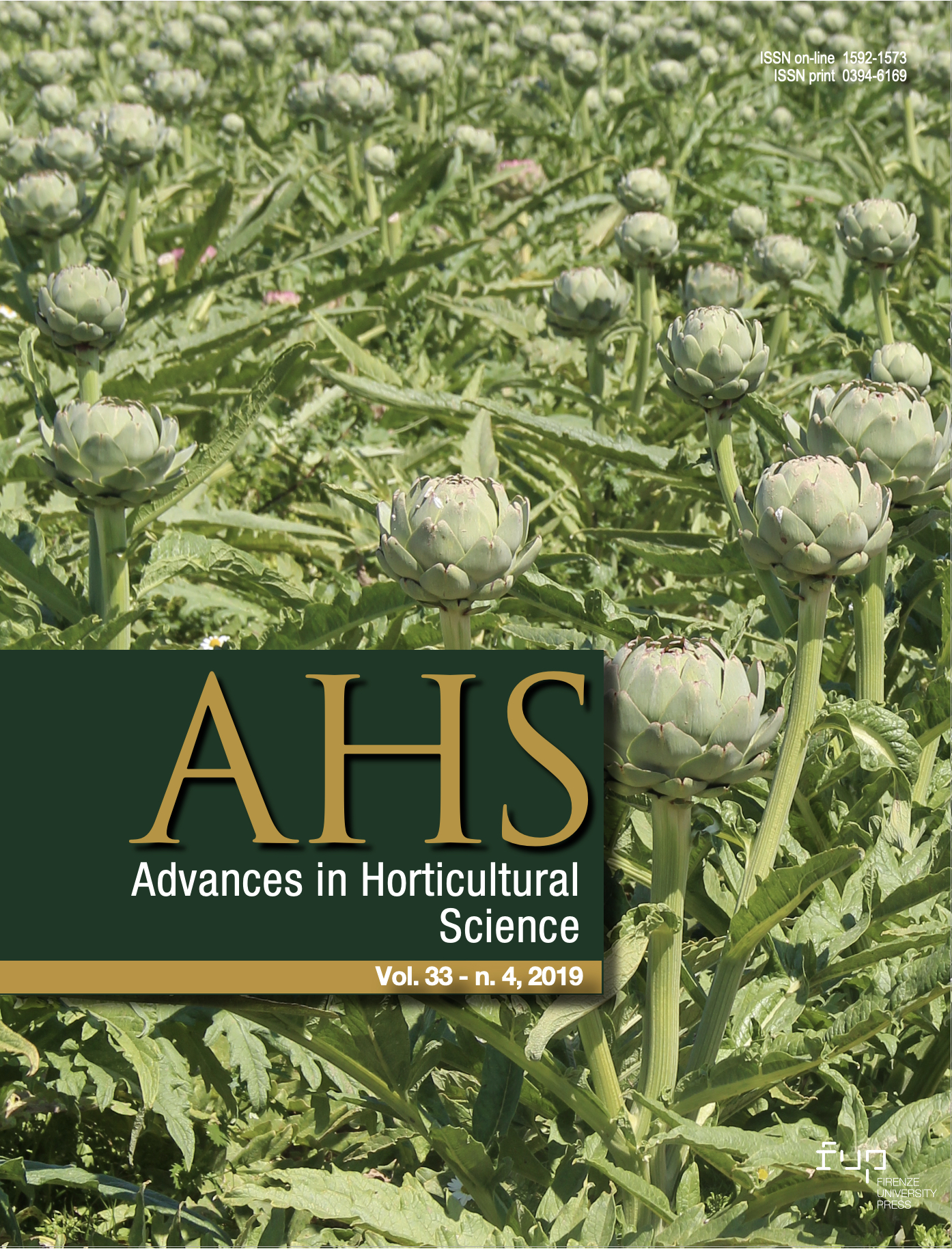Published 2020-02-19
How to Cite
Abstract
Many orchid species are threatened. In this study, a reliable and efficient protocol was outlined for in vitro propagation of Catasetum pileatum cv. Alba, a near threatened orchid species with the proper usage of plant growth regulators (PGRs). Protocorms as explants were cultured on Murashige and Skoog (MS) medium containing different concentrations of kinetin (Kn; 0.00, 0.20, 0.50, 1.00, 2.00, 3.00 and 5.00 mg l-1) and indole-3-butyric acid (IBA; 0.00, 0.10, 0.20, 0.50 and 1.00 mg l-1), either individually or in combination. The frequency of protocorm-like bodies (PLBs) regeneration significantly relied on concentrations of PGRs used. A combination of 1.00 mg l-1 Kn and 1.00 mg l-1 IBA was found to be suitable for maximum PLB regeneration (8.63 per explant) and the largest number of leaf (12.70 per explant). The highest rooting frequency with 7.40 roots per explant was achieved on protocorms grown in medium enriched with 1.00 mg l-1 Kn and 0.50 mg l-1 IBA. Plantlets were transplanted to pots filled with a mixture of peat moss, leca and perlite (1:1:1) and transferred to the greenhouse. The plantlets were successfully acclimatized in the greenhouse with a survival rate of 80% exhibiting normal developmental patterns.






